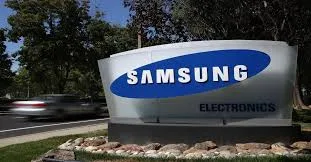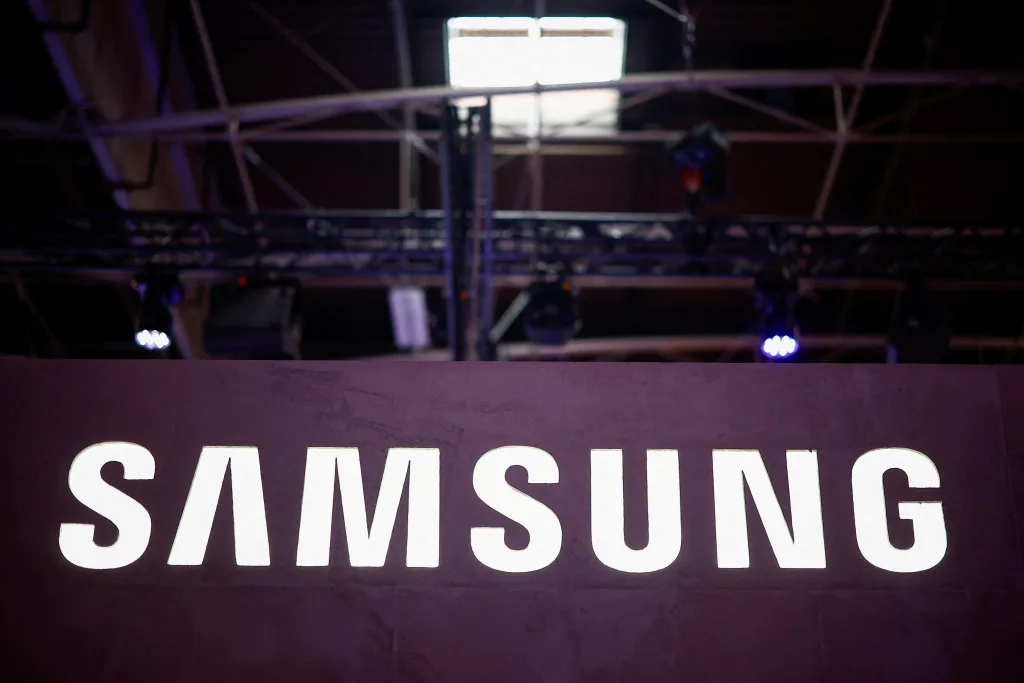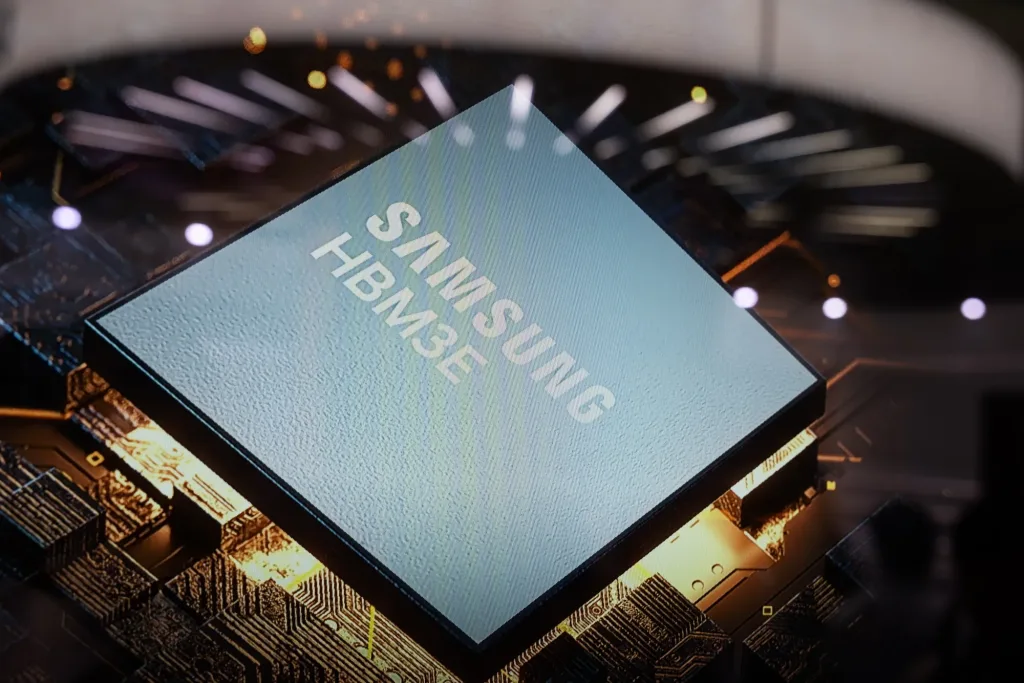Samsung faces a 21% profit drop in Q1 2025 due to weak AI chip sales and foundry losses. Explore the tech giant’s challenges and market dynamics.
Table of Contents

Samsung’s AI Chip Struggle: A Tech Giant’s Wake-Up Call
In a surprising turn of events, Samsung Electronics, the world’s largest memory chip maker, is bracing for a significant blow to its bottom line. The tech behemoth is expected to report a 21% drop in first-quarter profits for 2025, primarily due to sluggish sales of artificial intelligence chips and ongoing losses in its contract chip manufacturing business.
The Numbers Don’t Lie: Samsung’s Q1 2025 Forecast
| Metric | Q1 2025 (Expected) | Q1 2024 | Change |
|---|---|---|---|
| Operating Profit | 5.2 trillion won | 6.6 trillion won | -21% |
| Chip Division Profit | 1.7 trillion won | 1.9 trillion won | -10.5% |
| Mobile & Network Profit | 3.7 trillion won | 3.5 trillion won | +5.7% |

Behind the Scenes: What’s Causing the Profit Plunge?
- AI Chip Market Missteps: Samsung has fallen behind rival SK Hynix in supplying high-performance memory chips to AI leader Nvidia.
- China Dependency: Reliance on Chinese customers for less advanced products has left Samsung vulnerable to market fluctuations.
- Price Volatility: DRAM and NAND flash chip prices have seen significant drops, impacting Samsung’s profitability.
- Foundry Failures: The contract chip manufacturing business continues to bleed money, with delays in the new U.S. factory startup.
The Ripple Effect: Global Factors at Play
The tech giant’s woes aren’t isolated. Global economic factors are adding to the pressure:
- U.S. Tariffs: Sweeping reciprocal tariffs imposed by the U.S. are set to raise costs for various Samsung products.
- Currency Fluctuations: A plunge in local currency has increased repatriated earnings for the mobile division.
- Export Restrictions: U.S. restrictions on high-tech exports to China are reshaping the market landscape.

FAQs: Understanding Samsung’s Q1 2025 Challenges
Why is Samsung’s profit dropping in Q1 2025?
Samsung’s profit is expected to drop 21% due to weak AI chip sales, foundry losses, and market challenges in the memory chip sector.
How does Samsung’s performance compare to SK Hynix?
SK Hynix is outperforming Samsung, with its profit expected to more than double year-over-year, benefiting from robust AI chip demand.
What impact do U.S. tariffs have on Samsung?
U.S. tariffs are expected to raise costs for various Samsung products, potentially impacting consumer demand for smartphones, TVs, laptops, and home appliances.
Is Samsung planning to diversify its production base?
While diversification could be a mid-to-long-term strategy, analysts suggest it’s not a quick fix and could take years to implement effectively.
How is Samsung’s mobile division performing?
Samsung’s mobile and network business is expected to report a slight increase in profit, helped by increased smartphone shipments and favorable currency exchange rates.
The Road Ahead: Can Samsung Regain Its Chip Crown?
As Samsung navigates these turbulent waters, the tech world watches closely. The company’s ability to innovate in the AI chip space and streamline its foundry operations will be crucial in the coming quarters. With a management reshuffle following the untimely death of co-CEO Han Jong-Hee, Samsung faces both challenges and opportunities for reinvention.
Will the tech giant bounce back, or is this the beginning of a new era in the global chip market? Only time will tell, but one thing’s certain: the race for AI chip dominance is far from over, and Samsung isn’t out of the game yet.








